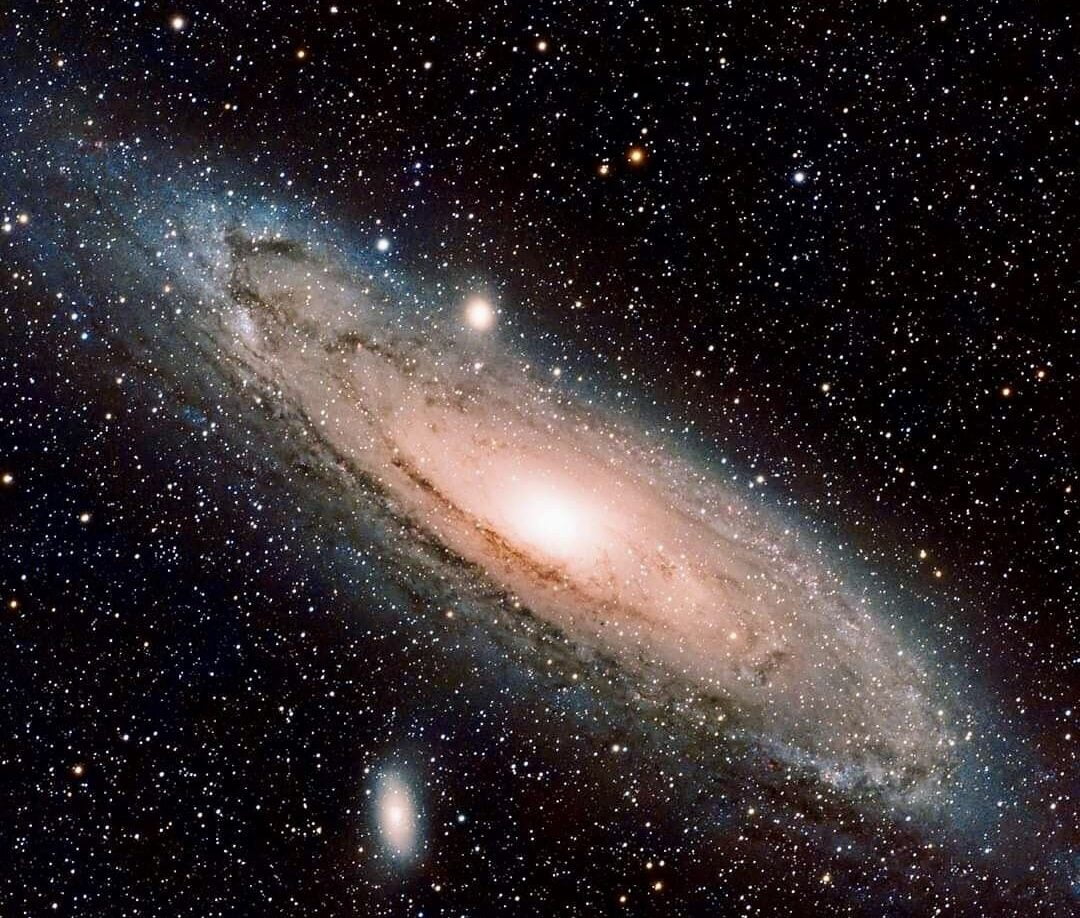A team of Chinese astronomers from the National Astronomical Observatories of China (NAOC) at the Chinese Academy of Sciences (CAS) has made a groundbreaking discovery: the identification of the oldest-known star in the Galactic Halo. The findings shed light on the evolution of early stars and contribute to a deeper understanding of the universe. The study, published in the journal Nature, reveals that the star, named LAMOST J1010+2358, originated from the remnants of a first-generation star that had a mass of up to 260 times that of our Sun.
The project lead, Zhao Gang, highlighted the significance of the first stars in illuminating the universe during the cosmic dawn and ending the cosmic “dark ages” following the Big Bang. However, one of the mysteries scientists have been grappling with is the distribution of mass among these early stars. Numerical simulations suggest that the mass of early stars could reach hundreds of times that of the Sun.
Among the early stars, those with masses ranging from 140 to 260 solar masses were believed to result in a specific type of supernova known as pair-instability supernovae (PISN), which leaves a distinct chemical signature in the atmosphere of subsequent generations of stars. Until now, direct evidence of such supernovae had remained elusive.
The discovery of LAMOST J1010+2358, with its unique chemical characteristics, aligns with the theory of PISN. The initial survey was conducted by the Large Sky Area Multi-Object Fiber Spectroscopic Telescope (LAMOST) in China, followed by a subsequent observation using the Subaru telescope in Japan. These observations enabled the identification of this chemically distinct star.
Xing Qianfan, a key member of the study, expressed the significance of their discovery as the first direct evidence of a PISN originating from a massive first-generation star in the early universe. The findings were also praised by Timothy Beers, a professor at the University of Notre Dame, who described it as the first definitive association of a Galactic halo star with an abundance pattern resulting from a PISN.
Wang Xiaofeng, a professor at Tsinghua University, drew an analogy between the elemental imprints carried by next-generation stars and the DNA that allows us to trace a child’s characteristics back to their father. Understanding the properties of these first-generation stars is crucial to unraveling the formation of stars, galaxies, and the large-scale structure of the universe emphasized Han Zhanwen from CAS.
Toshitaka Kajino, a professor at Beihang University, added that this discovery, alongside future findings, may provide insights into the still unknown mechanisms of very massive black hole formation in the early universe.
The identification of LAMOST J1010+2358 marks a significant milestone in our understanding of the early universe. By delving into the secrets of ancient stars, scientists are unlocking valuable information about the origins of our cosmos.


